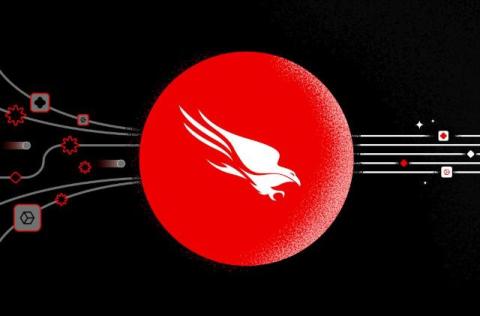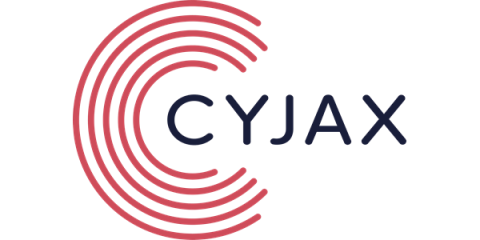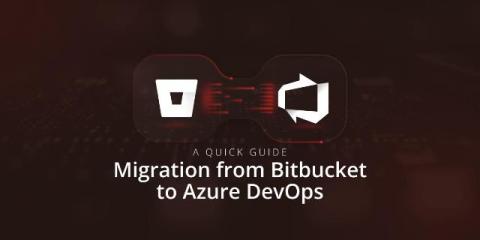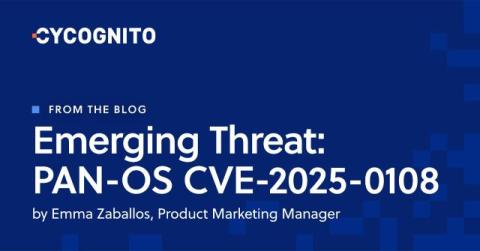Who needs to comply with DORA? All your questions answered
The Digital Operational Resilience Act (DORA) has been developed to protect the financial sector, which is particularly vulnerable to cyberattacks. According to the IMF’s 2024 Global Financial Stability Report, the number of cyberattacks has progressively increased since 2004, and nearly 20% of these attempts target financial institutions. DORA serves as a regulatory measure in the European Union (EU) to improve cybersecurity and operational resilience of organizations in the financial sector.









